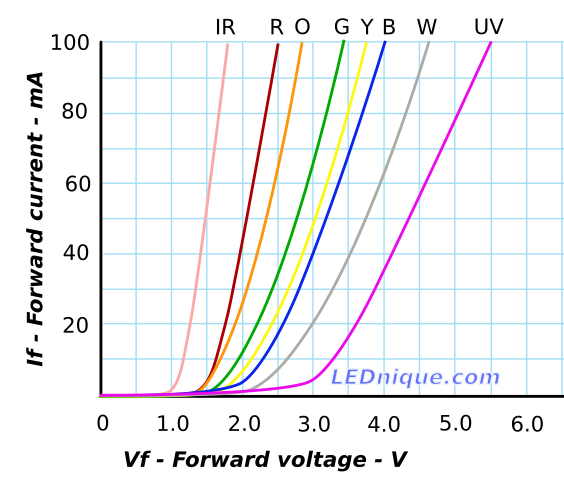I turned on an LED light today and found that the power supply inside was rectified to 300V by a bridge, and then the 1345D regulated output 300V DC.
The LED lights are connected in series. Such a circuit feels too simple, in order to save costs. Serious interference with peripheral electrical appliances! Especially the radio, you can't listen to it after turning on the light. Moreover, the LED will not work if it penetrates the entire lamp, and its durability is very poor.
The idea was changed to low-voltage parallel power supply. What is the power supply voltage of a single LED? What is the current in parallel?
The LED lights are connected in series. Such a circuit feels too simple, in order to save costs. Serious interference with peripheral electrical appliances! Especially the radio, you can't listen to it after turning on the light. Moreover, the LED will not work if it penetrates the entire lamp, and its durability is very poor.
The idea was changed to low-voltage parallel power supply. What is the power supply voltage of a single LED? What is the current in parallel?

